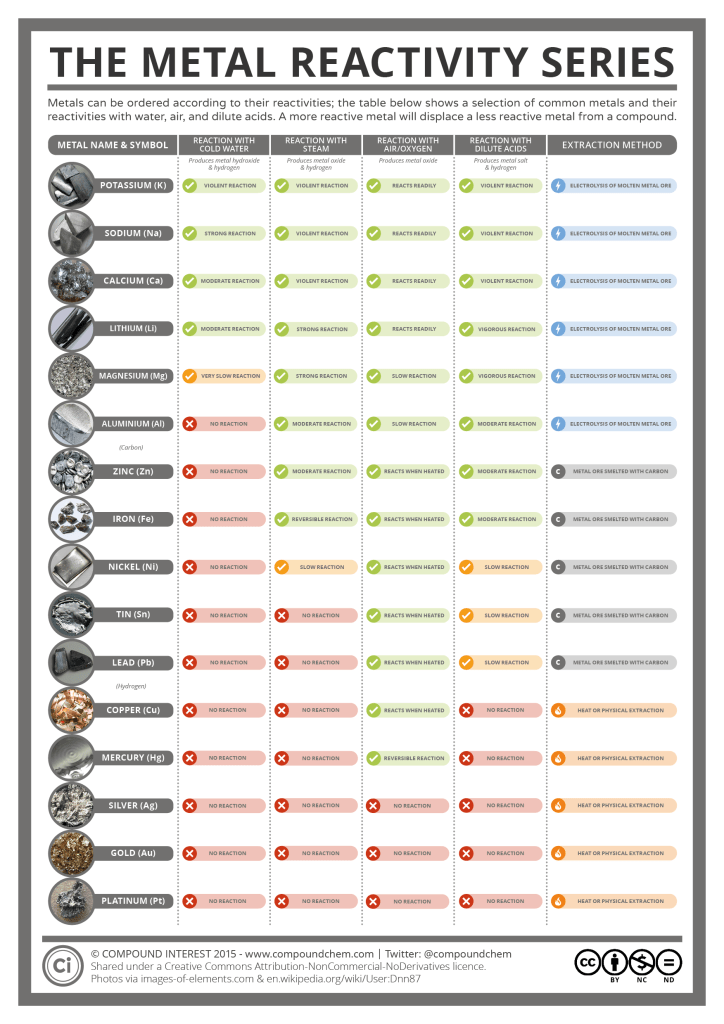LEARNING OBJECTIVES
- Describe chemical changes in terms of rearranging atoms to form new substances.
- Recognize that the total number of particles (sum of the coefficients) can change during a reaction because of differences in the bonding ratios of each substance.
- Recognize that the total number of atoms does not change during a reaction because every reactant atom must be included in a product molecule.
- Learn to describe reactions in terms of macroscopic observations.
- Learn to describe reactions in terms of microscopic behavior of atoms.
- Learn to write balanced equations to represent these changes symbolically.
- Explain that the coefficients in a chemical equation describe the quantities of
- the individual atoms or molecules involved.
- the moles of the substances involved.
- Observe basic patterns in the way substances react and learn to generalize them to other reactions students encounter.
- Synthesis reactions
- Decomposition reactions
- Combustion reactions
- Single replacement reactions
- Double replacement (ionic) reactions
- Describe endo- and exothermic reactions in terms of storage or release of chemical potential energy.
NOTES
VIDEO
Testing for Gases
Using the Activity Series
Balancing Equations (Atom Inventory Method)
Balancing Equations (Math Method)
Crossing Down Charges
Writing Chemical Equations
Types of Reactions
Predicting Products
Precipitate Reactions
6 Reactions that Changed the World
SIMULATIONS
Gizmo: Chemical Equations
Gizmo: Balancing Equations
Gizmo: Chemical Changes
PhET: Balancing Equations
WEBSITES
Balancing Equations Concept Builder
Rxn Types Concept Builder
goREACT
Hindenburg Disaster
Lavoisier and the Law of Conservation of Mass
Writing Chemical Equations
Types of Chemical Rxns

